Korea key to color cosmetics growth
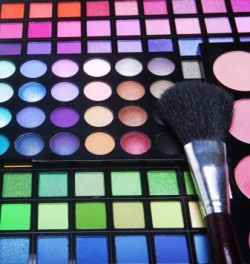
Japan is still the largest market for the category in the region, but the strong growth seen in the Korean market has been highlighted by market analyst Mintel.
Worth $5.1 billion in 2010, Japan is by far the most valuable market for color cosmetics in Asia Pacific, however it has seen little growth in recent years, and its value has actually fallen.
In contrast, the Korean color cosmetics market is expanding and has a strong influence on other Asian countries, such as Japan and China.
Facial color cosmetics lead the way
According to Mintel, facial color cosmetics lead sales of color cosmetics in many Asian countries, especially the larger markets of Japan (60 percent) and South Korea (38 percent).
“Multifunctionality is a key feature of Korean make-up, and will expand further into other Asian countries, following the paths trod by skin care products and BB creams,” says the analyst.
Australia and South Korea stand out for color cosmetics, as both countries’ spend per capita exceeds US$28, while their growth rates have topped 10 percent a year over the last five years.
“The South Korean market is particularly known for being a source of innovation when it comes to skin care and this has helped boost its colour cosmetics market too,” explains Mintel.
Top claim
The leading claim in Asia Pacific is UV protection, which was noted in half of launches, compared to 37 percent globally, making it the highest level of all the regions.
UV protection helps to prevent melanin synthesis and supports the whitening claims that are so popular in this area.
As they are applied all over the face, foundations/fluid illuminators were most likely to offer UV protection: Mintel says 64 percent did so in the year to April 2012, compared to 37 percent on average. Most launches offered SPF levels of 10-50, similar to sunscreen products.
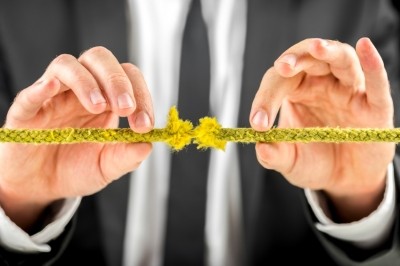
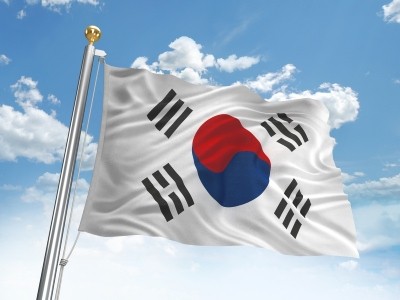
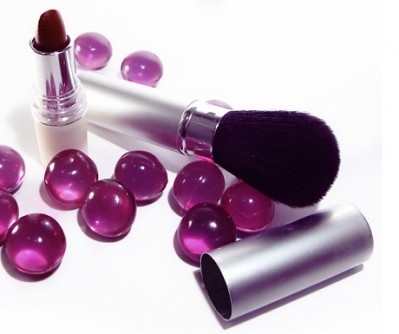
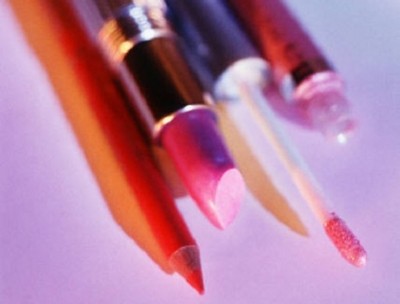

![[Getty Images]](/var/wrbm_gb_food_pharma/storage/images/_aliases/wrbm_tiny/publications/cosmetics/cosmeticsdesign-asia.com/china/china-focus-latest-developments-in-china-s-booming-beauty-market22/17370102-1-eng-GB/China-focus-Latest-developments-in-China-s-booming-beauty-market.jpg)
![YSL's LoveShine launch has sparked a demand surge in Japan. [YSL]](/var/wrbm_gb_food_pharma/storage/images/_aliases/wrbm_tiny/publications/cosmetics/cosmeticsdesign-asia.com/article/2024/04/24/ysl-loveshine-launch-propels-lip-gloss-sales-to-record-highs-in-japan-since-2020/17372064-1-eng-GB/YSL-LoveShine-launch-propels-lip-gloss-sales-to-record-highs-in-Japan-since-2020.jpg)
![There is significant scope for innovation and new launches in the hair repair sector, especially in soaring markets such as China. [Getty Images]](/var/wrbm_gb_food_pharma/storage/images/_aliases/wrbm_tiny/publications/cosmetics/cosmeticsdesign-asia.com/article/2024/04/24/croda-zeroes-in-on-hair-repair-solutions-as-damage-hair-concerns-surge-in-markets-like-china/17362731-1-eng-GB/Croda-zeroes-in-on-hair-repair-solutions-as-damage-hair-concerns-surge-in-markets-like-China.jpg)



![Lubrizol has extended its partnership with C-beauty major PROYA. [PROYA]](/var/wrbm_gb_food_pharma/storage/images/_aliases/wrbm_tiny/publications/cosmetics/cosmeticsdesign-asia.com/headlines/brand-innovation/lubrizol-bullish-on-potential-of-c-beauty-growth-potential/17362515-1-eng-GB/Lubrizol-bullish-on-potential-of-C-beauty-growth-potential.jpg)



